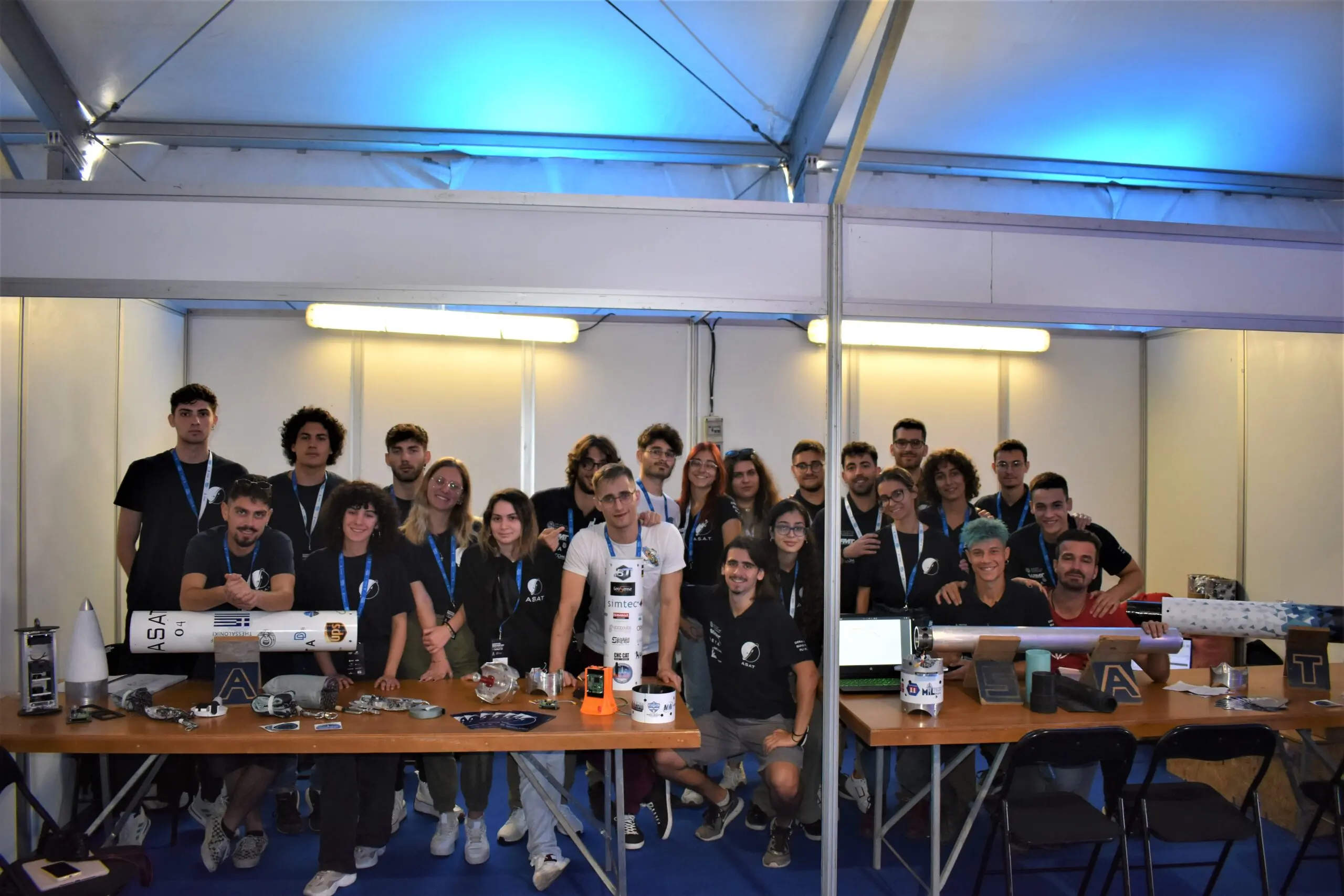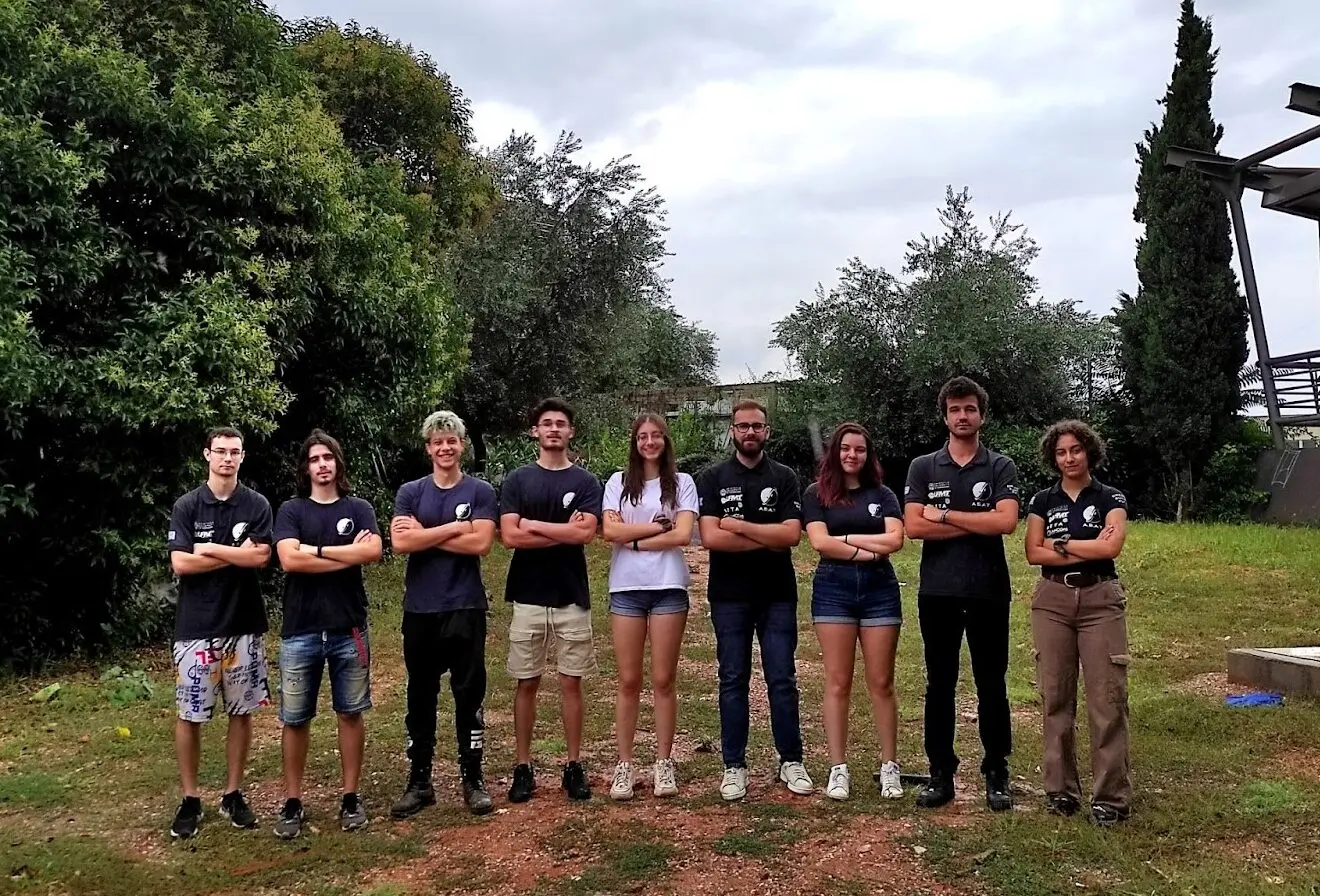Solar UAV
Aeronautics project continues to thrive and leads to innovation!
Inspired by the vision of the previous generation of project members, Aeronautics presents the inception of the design of a pioneering Unmanned Aerial Vehicle (UAV). This particular UAV will be powered by solar radiation with the use of solar panels, with its primary objectives the surveillance of forest areas in case of wildfires, the prediction of the direction they are most likely to spread and the aerial observation of high at risk re-ignition areas. It is the first time Aeronautics proceeds to develop a UAV beyond the barriers of their knowledge and the guidelines of a competition. For this reason and in order to archive our goal, the project subsystems are required to expand into new design methods in an attempt to meet the challenges that will arise.
To meet the needs and requirements of such a design, a new subsystem was created in the project by the name of Solar Energy Management (SEM), which is responsible for the precise distribution of solar energy throughout the electrical components of the aircraft. SEM subsystem is currently in the process of choosing the right solar panels and the appropriate type of rechargeable battery considering our goal. In addition, they are required to develop the necessary circuit layout that charges the battery correctly by using only solar energy.

Avionics subsystem has begun the development procedure of an Automated Pilot system that is intended to control the aircraft, while aspires to engage in techniques of path optimization, thus the aircraft will fly autonomously in areas that we will define depending on the needs. Moreover, they intend to compare flight data and imaging with meteorological data to predict the direction of fire spread, but also archive the flight path of minimizing energy consumption.
Aerodynamics Design subsystem is responsible for the development of an innovative aircraft configuration that will not only have the necessary surface area to generate lift, but also include the necessary number of solar panels and electrical systems. Cooperation with the Avionics subsystem will be particularly important, as it will be needed to give extra attention to the stability and controllability of the aircraft in order to archive long flight endurance in steady level flight. The aerodynamic mission of the UAV will be set in a next part of the design.

Finally, Structural subsystem is required to conduct studies in the structures of solar powered UAV’s but also take into consideration that the aircraft has to be light in order to lift the demanding payload determined by the Avionics and SEM subsystems. In addition, they will be challenged to choose the materials and conduct the necessary structural analysis of various design assemblies of the aircraft to ensure its structural integrity.
Stay tuned for further updates regarding this new Aeronautics’ Project.




